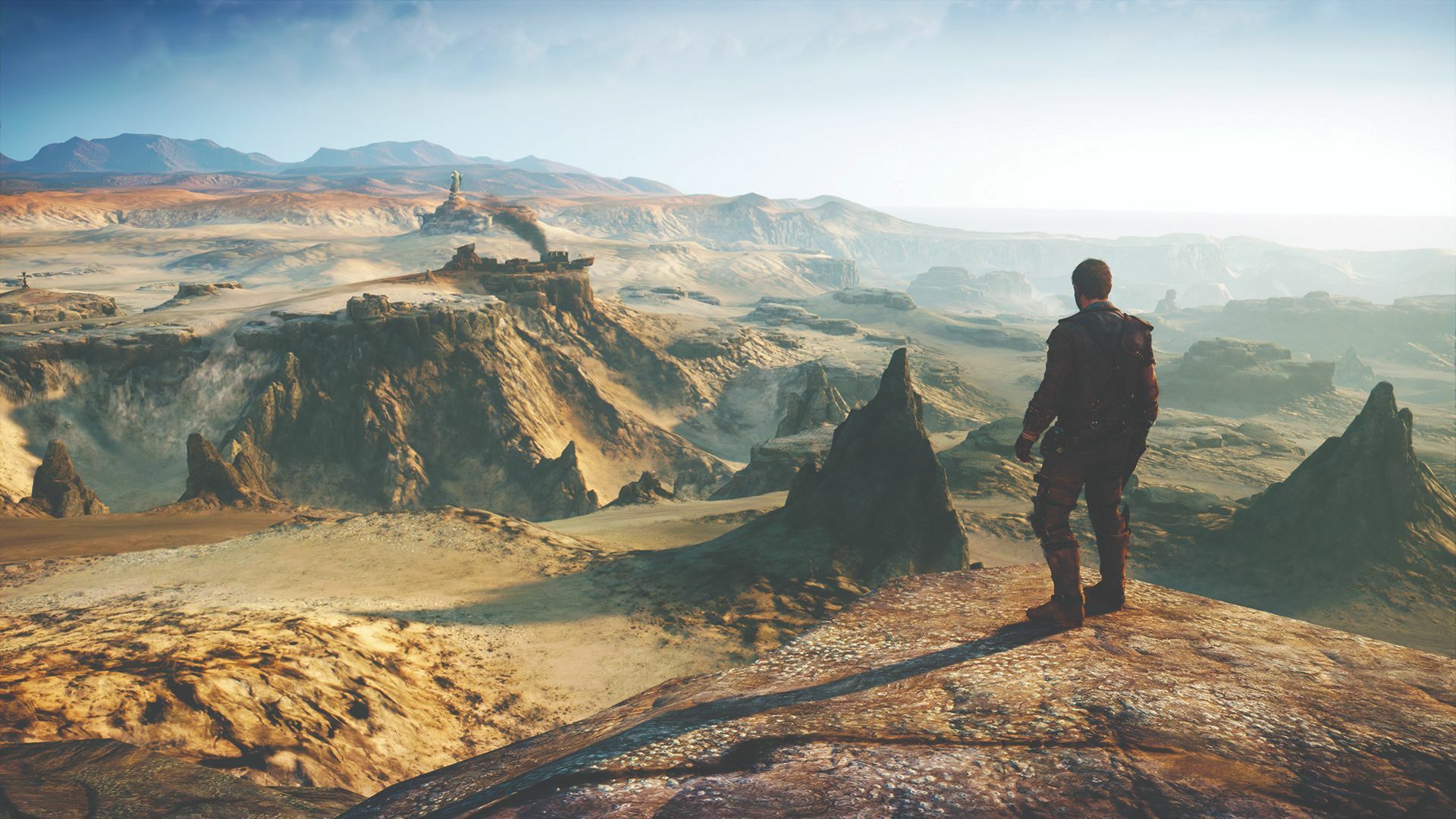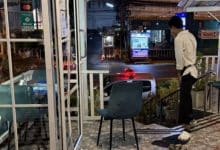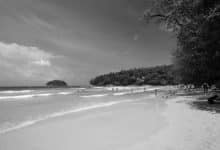Australia and New Zealand best places to survive nuclear apocalypse
Exactly where are the best places to survive a nuclear apocalypse?

As Valentine’s Day casts its mushroom-cloud shadow over ambivalent or forgetful lovers everywhere, it’s heartening to know where the best places to survive a nuclear apocalypse really are.
A recent study by the University of Otago, Wellington, reaches the same conclusion as every other such survey in living memory.
‘Continuing’ civilisation
It’s probably best not to survive, but if you feel you have to, the safest places are, yet again, Australia and New Zealand. In many people’s opinion, these are already two of the best places in the world to live, and everyone likes a Mad Max movie, so it seems that very little will change after Armageddon.
According to the Guardian, researchers say food and energy security boost prospects for civilisation to continue in Australia and New Zealand, along with Vanuatu, Iceland, and Solomon Islands. In many locations, “continue” is probably not quite the right word. And wasn’t Vanuatu completely devastated recently by a poxy little everyday non-nuclear storm?
Surviving industrial collapse
The report found Australia and New Zealand best placed to repopulate the long-suffering planet. And the best place to survive a nuclear winter.
The study in the journal Risk Analysis describes Australia, New Zealand, Iceland, Solomon Islands and Vanuatu as the island countries most capable of producing enough food for their populations after an “abrupt sunlight‐reducing catastrophe” such as a nuclear war, super volcano or asteroid strike.
The good news/bad news is that no matter where you are, there is still a chance you’ll survive the forthcoming holocaust. Pockets of survivors will persist around the planet, in even the most severe scenario. The most pre-industrial nations – the Solomon Islands, for example – stand the best chance of surviving industrial collapse. Residents of Bougainville are much more likely to possess the necessary survival skills than the lucky few in Belgravia.
Robust agricultural producers
The authors of the study compared 38 island countries on 13 factors they said could predict success as a post-apocalyptic survival state, including food production, energy self-sufficiency, manufacturing and the disaster’s effect on climate. Australia and New Zealand, easy-peasy places to survive a nuclear apocalypse, are both robust agricultural producers. They are tucked away from the northern hemisphere nuclear fallout. Both topped the tables, with Australia performing best overall.
“Australia’s food supply buffer is gigantic, with potential to feed many tens of millions of extra people.”
Australia did have one major factor working against it, however: its relatively close military ties with the UK and the US made it more likely to become a target in a nuclear war. In this area, New Zealand displayed some advantages with its longstanding nuclear-free status. Its resilience in the event of an abrupt drop in global temperature prompted by a period of darkness (everywhere in New Zealand is relatively close to the ocean, cushioning it from extreme temperature plunges) also helps.
Even with a 60% reduction in crops during a prolonged nuclear winter, New Zealanders would have enough to eat, but the Kiwis are dependent on imports of diesel, pesticides and machinery needed for agriculture.
Latest Thailand News
Follow The Thaiger on Google News:


























